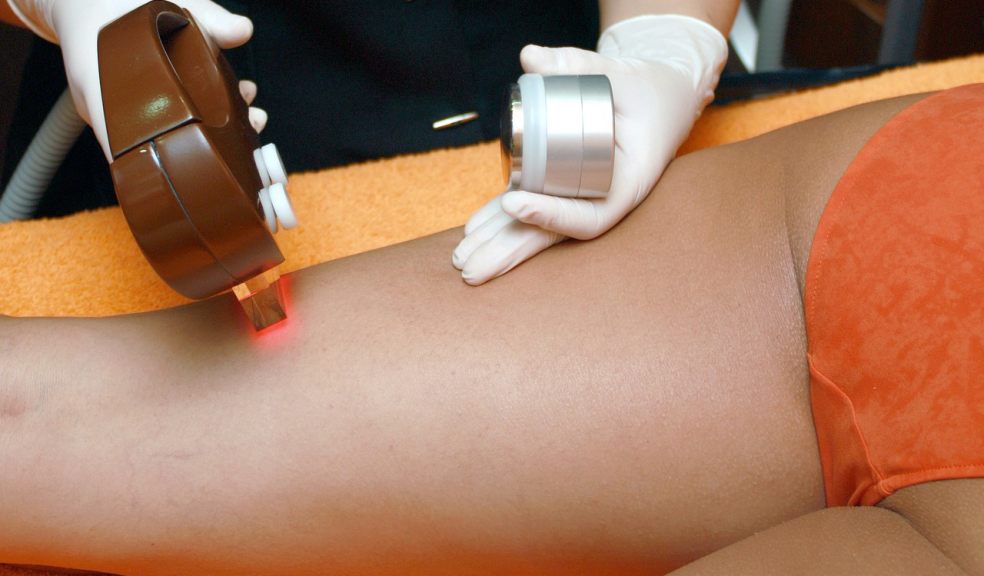
Laser hair removal: The surprising science behind the procedure
We all know the problem; unwanted hair in one place or another that always seems to come back and drive us nuts when we least expect or want it. This is why many people today are turning to laser hair removal to deal with their issue. It's actually become one of the most common cosmetic procedures in the country and can be performed on just about any area of the body where hair is a concern. But like anyone seeking cosmetic alteration of any kind, you probably have a lot of questions about the topic. Is it safe? How does it work? Does the hair grow back? We'll cover all of this and more.
First of all, it's good to start by talking about how laser hair removal works to begin with. Unlike traditional shaving or waxing, this procedure works by beaming highly concentrated light into the follicles, which contain pigment that absorbs the light, destroying the hair through the intense heat of the light. With the follicle destroyed, hair can no longer grow from it. However, it does take about 2-3 sessions of treatments before the hair ceases to come back entirely. This is typically the case for most people, though some do require fewer treatments than this. In most cases, treated areas will experience a regrowth of removed hair, though this depends on several factors in their cases, such as what type of hair was treated and the skill of the person performing the treatment. In almost all cases, however, patients reported a regrowth of hair that was much lighter and far less noticeable than before. The explanation for this is that even though the hair follicle may still be active, it was damaged during the treatment, causing the hair to grow back weaker. This indicates that while another treatment may be necessary, it may also be all that's needed. The only problem is that some hair can't be treated, be they too light or too short. These often call for other tactics, such as plucking. The type of laser used plays a part as well. In 2013, research came out that revealed that lasers with longer wavelengths were best suited to darker skinned people. Typically, laser hair removal works best on fair skinned people with lighter hair, requiring them to come back for fewer treatments.
Many who consider this option may be wondering if laser hair removal is both safe and permanent. Well, with the right amount of treatments, it's certainly prone to permanence, since the aim of the procedure is to destroy the hair follicle and stop the hair from regrowing. And as mentioned, this may take more than one treatment. Everyone has a different growth cycle for their hair; some grow back faster than others, some more slowly. If the hair is in a resting phase, it's going to take more time to come back than hair in an active phase. It usually takes a few months to know for sure whether the follicle was destroyed or merely damaged.
As for safety, like any treatment, there are always risks of side effects to varying degree. Some people may experience burning or stinging, prompting the technicians to use a numbing topical cream on the area to be treated. Some other minor side effects include skin crusting and alterations in the color of skin, which are usually temporary. Irritation can also lead to mild scarring, and in very rare cases, can lead to infections, which, also rarely, can be life-threatening. This is why it's usually standard for professionals to ask for medical history of the patient before treating them, to ascertain their risks, if any, regarding the procedure. It's also recommended to avoid sun exposure following the procedure, which can increase the risk of blisters. With those exceptions to be mindful of, laser hair removal is a surprisingly safe and effective procedure otherwise.
Now to the biggie on everyone's minds; cost. Because it's a cosmetic treatment, insurance is unlikely to cover it. And since it's likely that you'll need a few treatments in order to see real permanent results, you'll be looking at paying around $293.00 out of pocket for each session. The price may vary based on the targeted area, how many sessions are required, and the person in particular performing the treatment. For instance, if you're going in for an upper lip treatment, you'll almost be guaranteed to pay less than you would for treating a whole leg or arm. All in all, the type of removal and treatment center are determined by the person seeking treatment, namely you. You'll figure out what sort of treatment would work best for your skin and hair type and ultimately seek out a center with professionals who can work to your wants and needs. Laser hair removal is now one of the number one most common procedures in the country and while there are slight risks, many choose to see the enormous benefit to seeking it out. Do a little research and find out whether or not laser hair removal truly is for you.



















